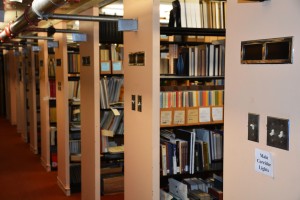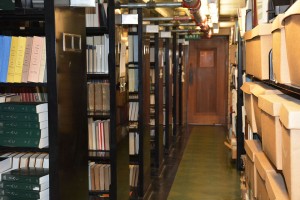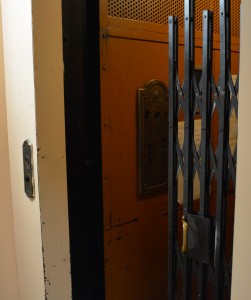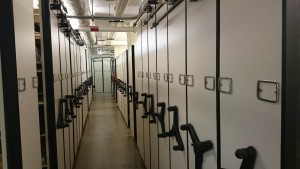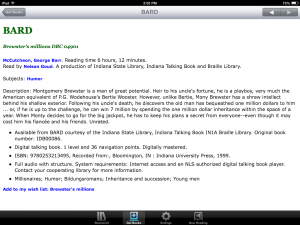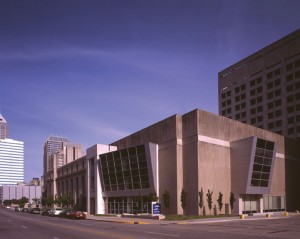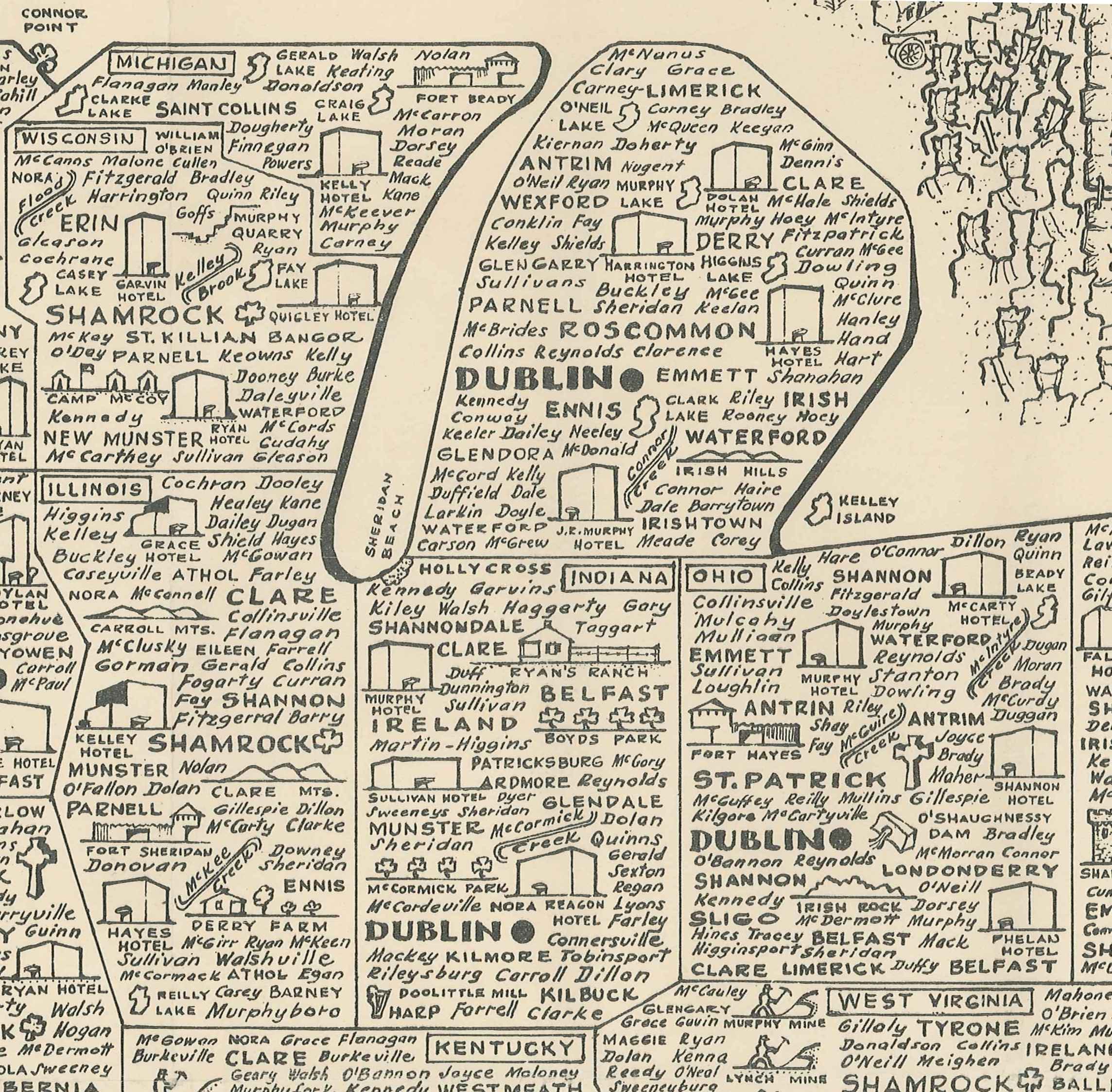The Genealogy Division of the Indiana State Library collects genealogy and family history materials from across Indiana and around the United States and the world. The collection includes over 80,000 books and other printed materials, over 17,000 reels of microfilm, and access to online genealogy databases such as Ancestry Library Edition and Fold3. These resources are kept in open shelving on the first floor of the library to allow for easy browsing and access by library visitors. One of the most popular items in the collection is the indexes to Indiana birth, marriage, and death records compiled by the Works Progress Administration in the 1930s. These indexes cover two-thirds of the counties in Indiana and provide the book and page number of the original records, so that researchers can obtain copies of the records from county offices. The collection also contains many other resources about Indiana, organized by county. There is information from all 92 counties. Resources include cemetery records and listings, indexes to vital records, indexes to marriage records, county histories, and other information on family history research in Indiana.
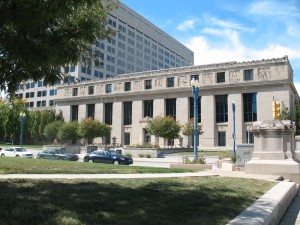
Although the collection focuses on Indiana, there are more than just Indiana resources in the Genealogy Division. Every state is represented in the collection, although certain states are spotlighted for their connection to Indiana history and national migration patterns. Since people tended to move from east to west and from south to north, our holdings focus on the “border” and “feeder” states: those states that touch Indiana and those states where Hoosiers lived before they moved to Indiana. These states include Kentucky, Illinois, Michigan, Ohio, North and South Carolina, and Virginia. Other popular items include the indexes to passenger lists compiled by William Filby.
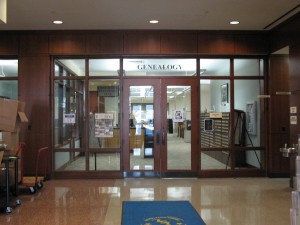
Housed on the second floor of the library, the genealogy microform collection includes Indiana county records on microfilm, select records from other states on microfilm, and family and local history books on microfiche. The microfiche collection includes rare books that can be found in only a few libraries in the original print format.
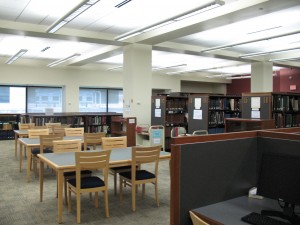
The Indiana county records on microfilm collection contains records from all 92 counties, covering marriage records, land records, vital records, and will and probate records. These films were made from the actual records in county courthouses throughout Indiana, so that you can see the handwritten records as they originally appeared.
The Genealogy Division reference desk is staffed by genealogy librarians who are experts at answering genealogy questions and assisting with family history research. The librarians host genealogy events throughout the year, including:
- One-on-One Genealogy Research Consultations: 3rd Saturday of each month
- Family History Tours of the Genealogy collection
- Genealogy and Local History Fair: 4th Saturday in October
- Genealogy for Night Owls: After-hours research time
The Genealogy Division also answers questions via email, telephone, mail, and Ask-a-Librarian online question service.
This blog post was written by Jamie Dunn, Genealogy Librarian, Indiana State Library. For more information, contact the Indiana State Library at (317) 232-3689 or “Ask-A-Librarian” at http://www.in.gov/library/ask.htm.

